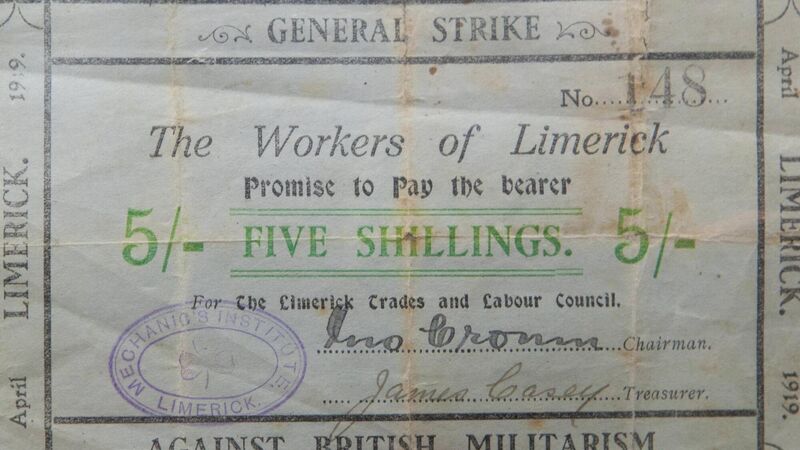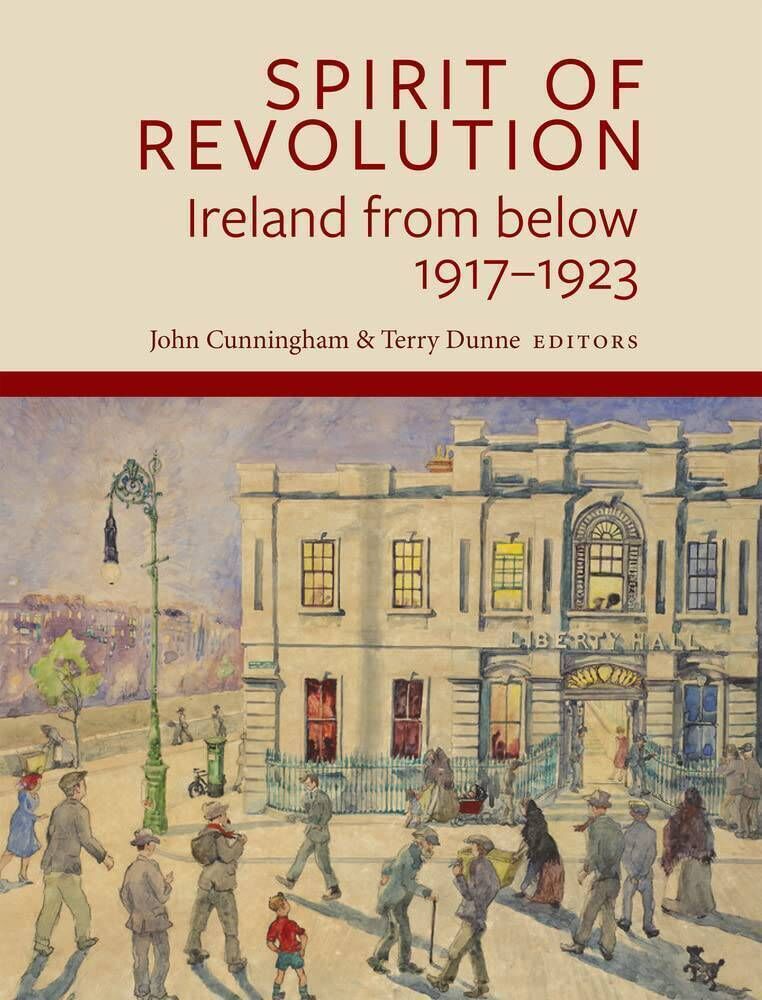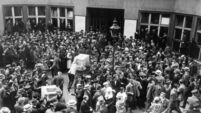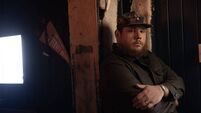Book review: Intriguing essays revive spirit

Extremely rare Limerick Soviet five shillings note inscribed 'April Limerick 1919 — General Strike Against British Militarism'. File pictur: Brian Gavin/ Press 22
- Spirit of Revolution: Ireland from below, 1917-23
- Edited by John Cunningham and Terry Dunne
- Four Courts Press, pb €22.45
Three months out from the election for Limerick mayor, the People Before Profit candidate, Ruairí Fahy, has announced that he wants to reinvoke the spirit of the Limerick Soviet of 1919.

At times, I wondered about the mass nature of the movements. Certainly, there were a number of differing labour movements, but to call them mass seems a bit of a stretch and most of them petered out for various reasons in quick time.
Read More
BOOKS & MORE
Check out our Books Hub where you will find the latest news, reviews, features, opinions and analysis on all things books from the Irish Examiner's team of specialist writers, columnists and contributors.







